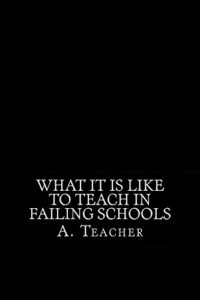Fiftieth Anniversary of the Detroit Riot: Personal Observations and Evolutionary Analysis
Fifty years ago, a deadly urban riot began one hot summer night in my hometown of Detroit. It ignited around 3:30 a.m., when police arrested 85 patrons of an illegal after-hours bar in the midst of an all-Black neighborhood that had been all-White 15 or 20 years before.
When the mayhem ended six nights later, 43 people had been killed, 1,189 injured, 7,231 arrested, 2,509 stores had been looted or burned, 690 buildings were destroyed or had to be demolished, and 388 families were displaced.
Detroit’s Mayor at the time was Jerome Cavanagh, a young, bright and ambitious liberal. Elected with near-unanimous support of Black voters, he had aggressively launched anti-poverty programs to make the nation’s fifth largest municipality a model of the Great Society’s War on Poverty. (1).
The rapid migration of American Blacks between 1940 and 1965 from the mostly rural South to the big cities of the North, very quickly increased the Black population from less than 10% to over 30% at the time of the riot. That meant that Detroit, which had about 150,000 Black residents before World War II, had about 600,000 a generation later. In the 1960’s Detroit was dealing with a larger influx of Southern Blacks than all but Chicago and New York.
Conditions of Detroit’s Black Community Before the Riot
Politically correct revisionist historians and sociologists (many of whom are Black) like to portray Detroit’s riot of 1967 as the inevitable rebellion of a people victimized by White racism. However to maintain this typical liberal view one must dismiss many well established facts that contradict the narrative. Read more


 Even without the students present, a visitor familiar with middle-class White schools would notice that Atlanta’s “Fairfield Junior Academy” is different. Walking the halls he would observe that there were no lockers. “[W} e moved all the lockers into the classrooms because most of the fights and drug deals took place during transition time when students went to their lockers” (76). If the visitor was unfortunate enough to need the restroom, he might see “dried diarrhea on the walls and toilet in the bathroom stalls” (111). Venturing into a classroom he might encounter vandalized computers and locked file cabinets that had been broken into.
Even without the students present, a visitor familiar with middle-class White schools would notice that Atlanta’s “Fairfield Junior Academy” is different. Walking the halls he would observe that there were no lockers. “[W} e moved all the lockers into the classrooms because most of the fights and drug deals took place during transition time when students went to their lockers” (76). If the visitor was unfortunate enough to need the restroom, he might see “dried diarrhea on the walls and toilet in the bathroom stalls” (111). Venturing into a classroom he might encounter vandalized computers and locked file cabinets that had been broken into.


